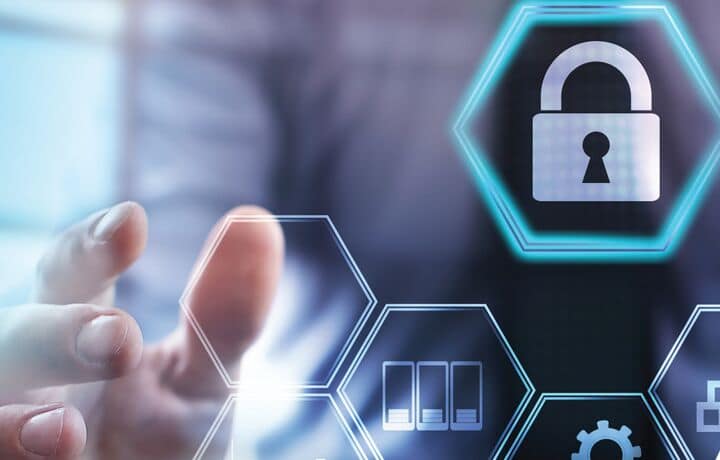Safeguarding Your Digital World: The Role of Online Tools in Data and Device Protection
In an era driven by technology, our lives are intricately woven into the digital landscape. From personal information to sensitive financial data, our reliance on digital devices and online platforms has made data security an essential aspect of our daily lives. As the digital world continues to expand, so do the threats to our data and devices. Thankfully, online tools have emerged as powerful allies in the battle against cyber threats. In this blog post, we'll delve into how these tools play a vital role in safeguarding your data and devices.
Understanding the Digital Threat Landscape
Before delving into the tools that can protect us, it's crucial to understand the threats we face in the digital realm. Cyberattacks such as phishing, malware, ransomware, and identity theft have become increasingly sophisticated, targeting individuals and organizations alike. Hackers exploit vulnerabilities in software, weak passwords, and human error to gain unauthorized access to our data and devices.
The Role of Online Tools in Data and Device Protection
Thankfully, online tools have evolved to provide a robust defense against these threats. Here's how these tools can help you fortify your digital world:
1. Password Managers: Your First Line of Defense
Weak passwords are one of the primary entry points for cybercriminals. Password managers like LastPass, Dashlane, and 1Password create and store complex passwords for your various online accounts. They eliminate the need to remember multiple passwords and ensure that your accounts remain secure against brute-force attacks.
2. Two-Factor Authentication (2FA)
Adding an extra layer of security, 2FA requires users to provide a second form of verification (often a unique code sent to your phone) along with your password. This significantly reduces the risk of unauthorized access even if your password is compromised.
3. Antivirus and Anti-Malware Software
Antivirus and anti-malware tools such as Norton, McAfee, and Bitdefender are designed to detect and remove malicious software from your devices. They offer real-time protection, scanning files and websites for potential threats, and provide timely alerts if suspicious activity is detected.
4. Virtual Private Networks (VPNs)
VPNs encrypt your internet connection, making it nearly impossible for hackers to intercept your data. They also allow you to browse the internet anonymously by masking your IP address, ensuring your online activities remain private.
5. Firewalls
Firewalls act as barriers between your device and potential threats from the internet. They monitor and filter incoming and outgoing network traffic, blocking unauthorized access and preventing malicious software from infiltrating your device.
6. Data Backup and Recovery Tools
Regular data backups are essential in case of a cyberattack or device failure. Online backup tools like Carbonite and Backblaze automatically back up your data to secure cloud servers, ensuring that you can recover your valuable information even if your device is compromised.
7. Encryption Tools
Encryption tools encode your data in such a way that only authorized users can access it. Messaging apps like Signal and WhatsApp use end-to-end encryption to ensure that your messages remain private and secure.
8. Identity Theft Protection Services
Identity theft protection services such as LifeLock and IdentityForce monitor your personal information across the internet and alert you if any suspicious activity is detected. They also provide assistance in case your identity is compromised.
Staying Educated and Empowered
While online tools are invaluable in data and device protection, it's essential to remain educated about cybersecurity best practices. Regularly updating your software, being cautious of phishing emails, and avoiding public Wi-Fi for sensitive transactions are simple yet effective steps you can take to enhance your digital security.
Conclusion
In an increasingly interconnected world, the importance of safeguarding our data and devices cannot be overstated. The risks are real, but the solutions are within reach. Online tools provide a multi-layered defense against cyber threats, empowering us to navigate the digital landscape with confidence. By incorporating these tools into our digital routines and staying informed about emerging threats, we can harness the power of technology to protect our valuable data and maintain our online privacy. Remember, in the digital realm, prevention is not only better than cure—it's the key to a secure and worry-free online experience.









